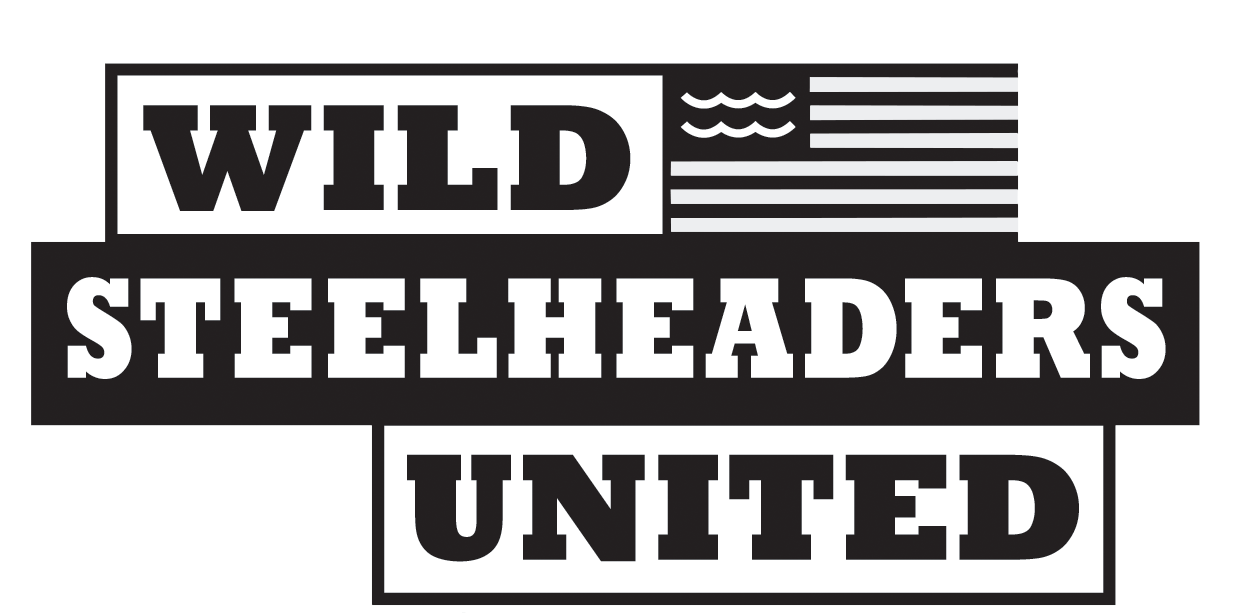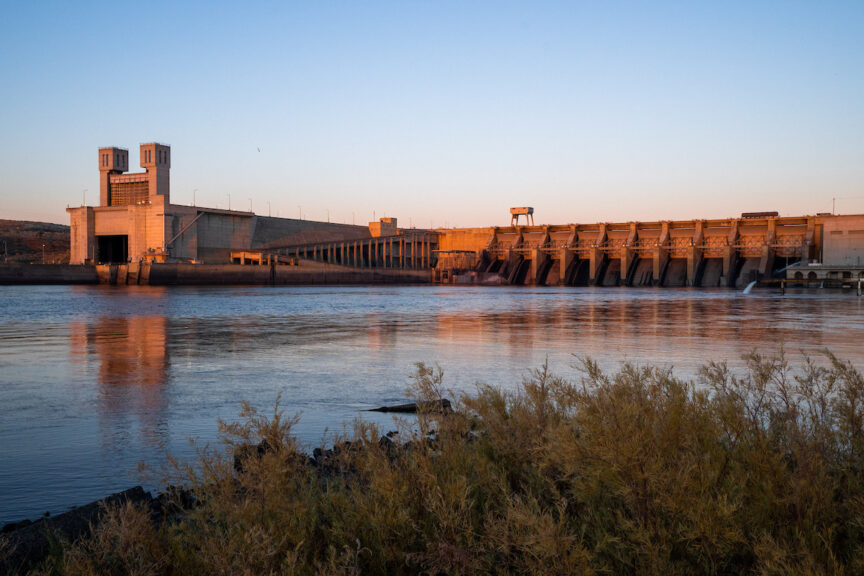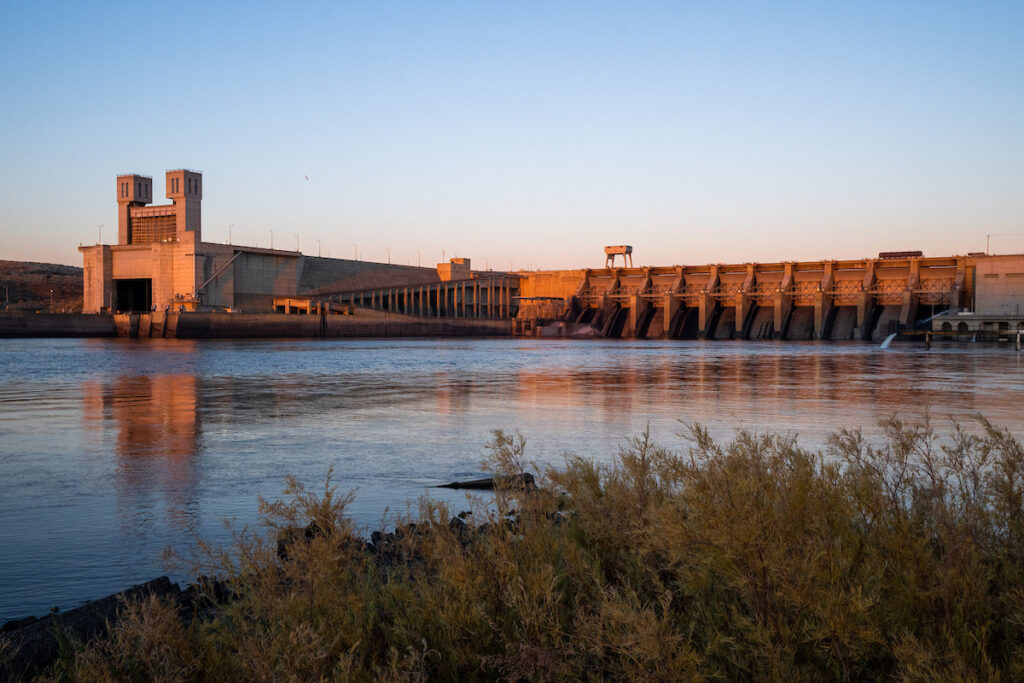
The most important, long-term data on fish survival through the Basin’s dams
In the ongoing fight to recover wild steelhead and salmon in the Columbia River Basin, the Comparative Survival Study (CSS) stands out as one of the most robust, long-term, and collaborative scientific efforts we have.
For over two decades, the CSS has provided essential data and insights into how the federal hydropower system—the system of dams on the Columbia and Snake Rivers—impacts the survival of migratory fish in the watershed. Its findings have informed regional debates, guided policy, and shaped recovery strategies.
Because the CSS’s findings have clearly illustrated decades of those impacts, it has often upset the stakeholders invested in status quo operation of the hydro system.
A unique, long-term look at survival
Initiated in the late 1990s, the CSS tracks tagged salmon and steelhead from their juvenile outmigration through the hydro system to their return as adults years later.
By following fish over multiple life stages, and across multiple river systems and years, the study offers something rare in salmon science: a comprehensive, longitudinal dataset that captures both the variability and the persistent trends affecting fish survival.
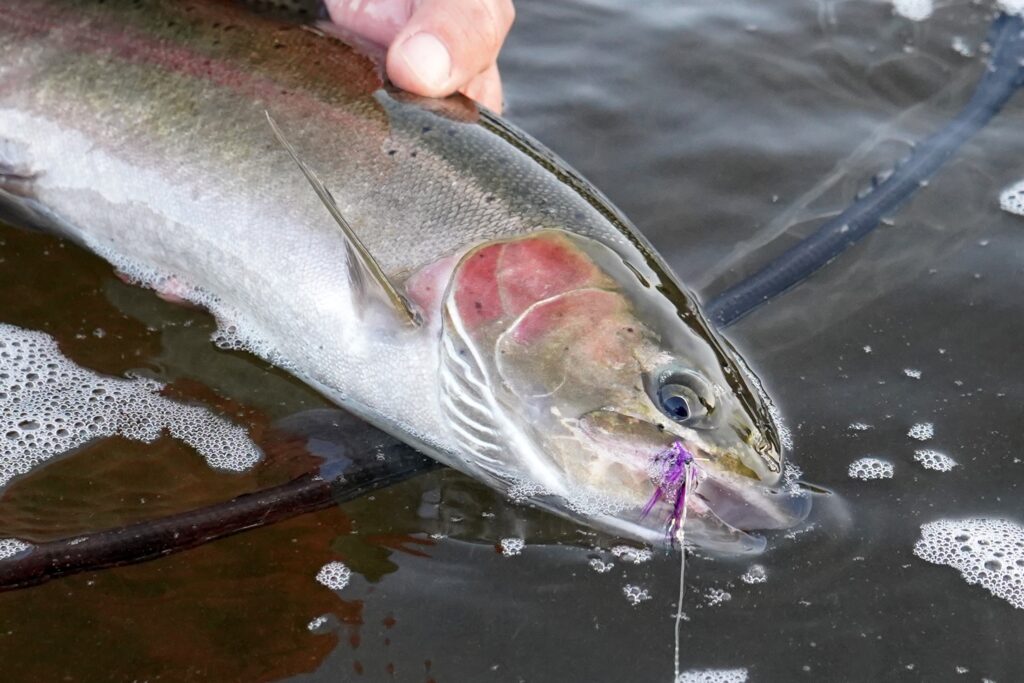
Above: Snake River basin summer steelhead. Image: Greg Fitz
The length of the study gives it authority. Short-term studies can be confounded by year-to-year environmental variability—droughts, ocean conditions, or unusual flow years, for example.
By contrast, the CSS offers more than 20 years of consistent data collection, across multiple species and runs, allowing scientists to distinguish signal from noise and paint a clearer picture of long-term survival trends for the basin’s struggling salmon and steelhead populations.
A regional collaboration
Beyond the extensive time frame and scale, the Comparative Survival Study continues to be a model of regional and scientific collaboration.
It has been led by the Fish Passage Center, with participation from state agencies, Tribes, and other entities within the Northwest Power and Conservation Council’s Fish and Wildlife Program.
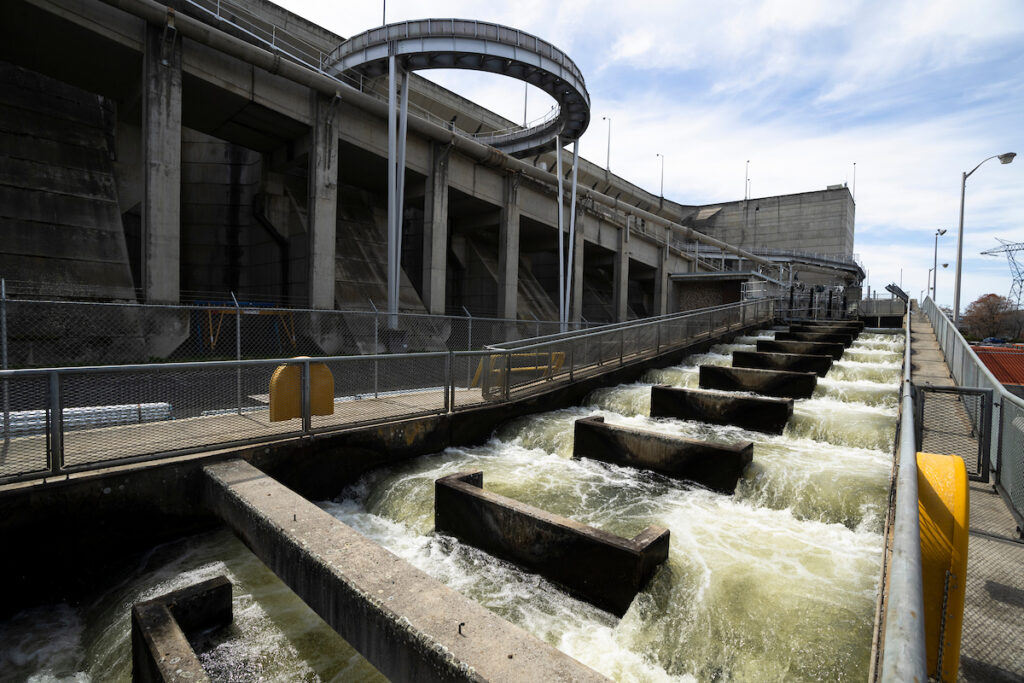
Image: Ben Herndon
This collaborative structure makes the immense scope of research possible and strengthens the credibility and utility of the results. It ensures transparency, regional ownership, and welcomes critical scientific review from bodies like the Independent Scientific Advisory Board (ISAB). This cooperation across jurisdictions and expertise reflects the complex nature of salmon recovery—no single agency or organization holds all the answers or has the ability to tackle such wide-spanning research. The CSS helps bridge those knowledge gaps by providing an important, shared understanding of salmon and steelhead populations across the basin.
High-level findings on hydro system mortality
Perhaps the most important contribution of the CSS has been its quantification of the impact the hydropower system has on fish survival.
Among its key findings:
- The dams take a huge toll: Cumulative survival for fish migrating through the Snake and Columbia River hydropower system is significantly lower compared to other river systems with fewer or no dams.
- Fish need a river: Transportation programs (such as barging juvenile fish downstream past the dams) do not consistently improve salmon and steelhead survival to adulthood. And in many cases, transported fish return at lower rates as adults compared to fish that migrated out to the Pacific in the river.
- Delayed mortality is real and significant: Fish may survive passage through the dams but suffer increased mortality later in the migration or at sea, particularly for Snake River stocks.
These findings are supported by decades of research. They challenge long-standing assumptions about the effectiveness of mitigation strategies and underscore the immense biological toll the dams continue to take on the Basin’s salmon and steelhead.
Why the Comparative Survival Study matters now
Because of the light it shines on the hydropower system’s ongoing impacts to struggling populations of migratory fish, the CSS continues to be a lightning rod in regional salmon politics.
Its rigorous data often conflicts with agency optimism or mitigation claims, particularly when it comes to impacts of the four Lower Snake River dams.
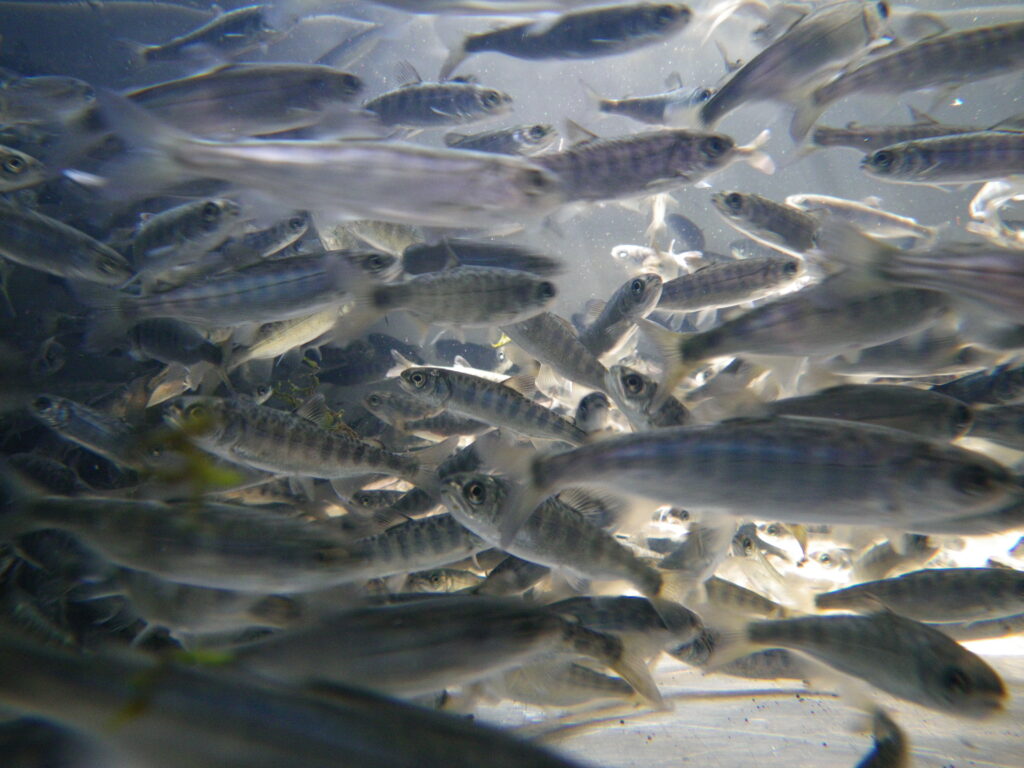
Image: Gary Marston
Some parties have pushed to reduce or eliminate the study—an alarming sign given the stakes for endangered steelhead and salmon. In recent comments submitted to the Northwest Power and Conservation Council (May 2025), some interest groups called for eliminating the CSS altogether, disingenuously claiming its modeling is unrealistic or biased.
In an era of politicized science and contested recovery plans, the Comparative Survival Study remains a cornerstone of independent, data-driven fisheries science in the Northwest. If we are serious about bringing back wild salmon and steelhead runs in the Columbia and Snake Basin, we cannot afford to lose sight of what the CSS has taught us: that the hydro system, as it stands, remains a significant barrier to recovery.
The future of wild steelhead and salmon depends on science-based decisions. Explore the CSS reports at the Fish Passage Center and join Trout Unlimited in advocating for a free-flowing lower Snake River.
